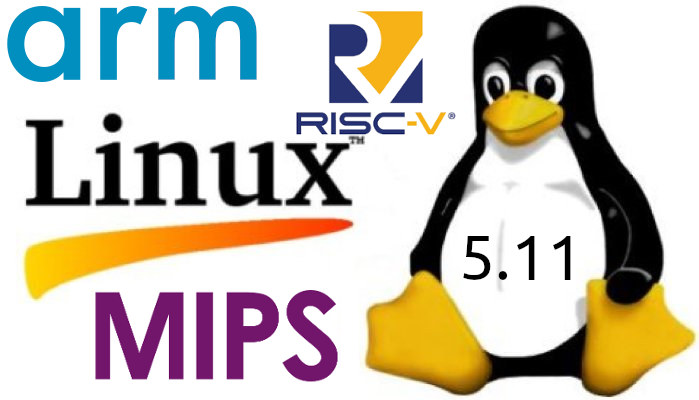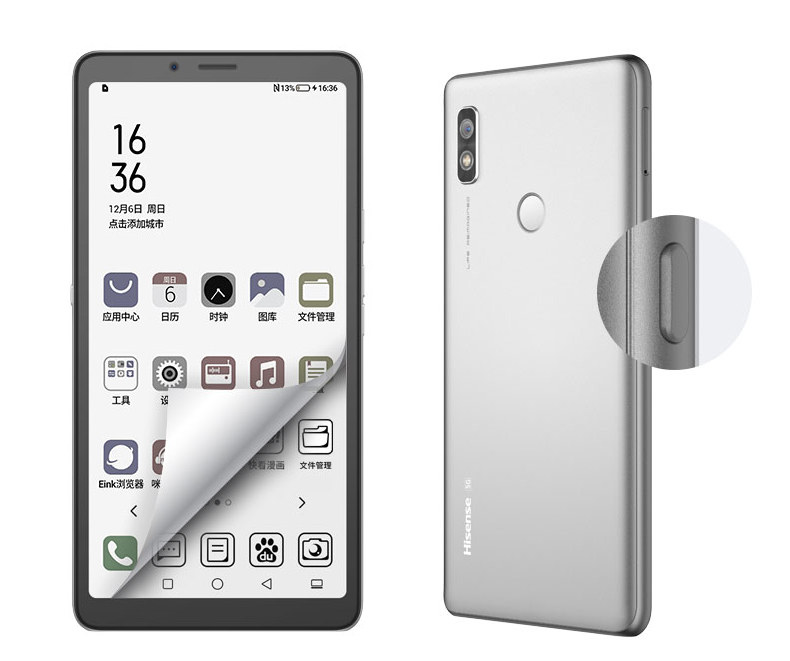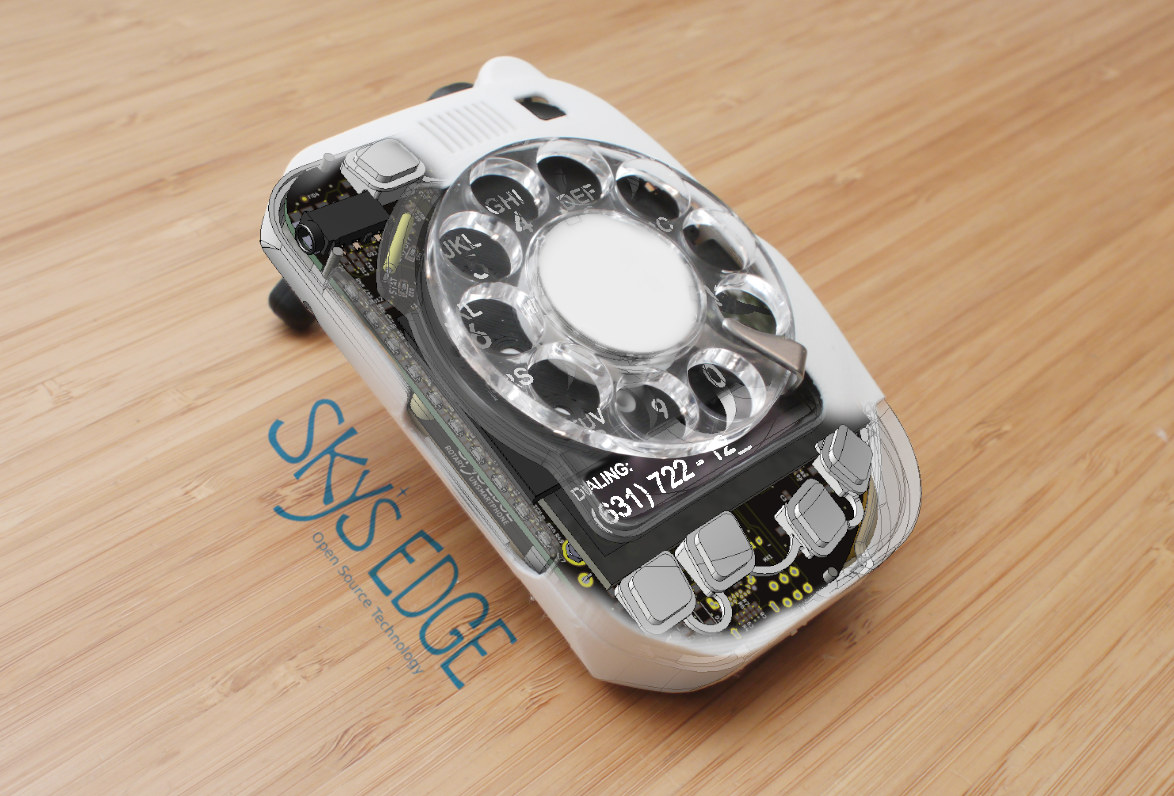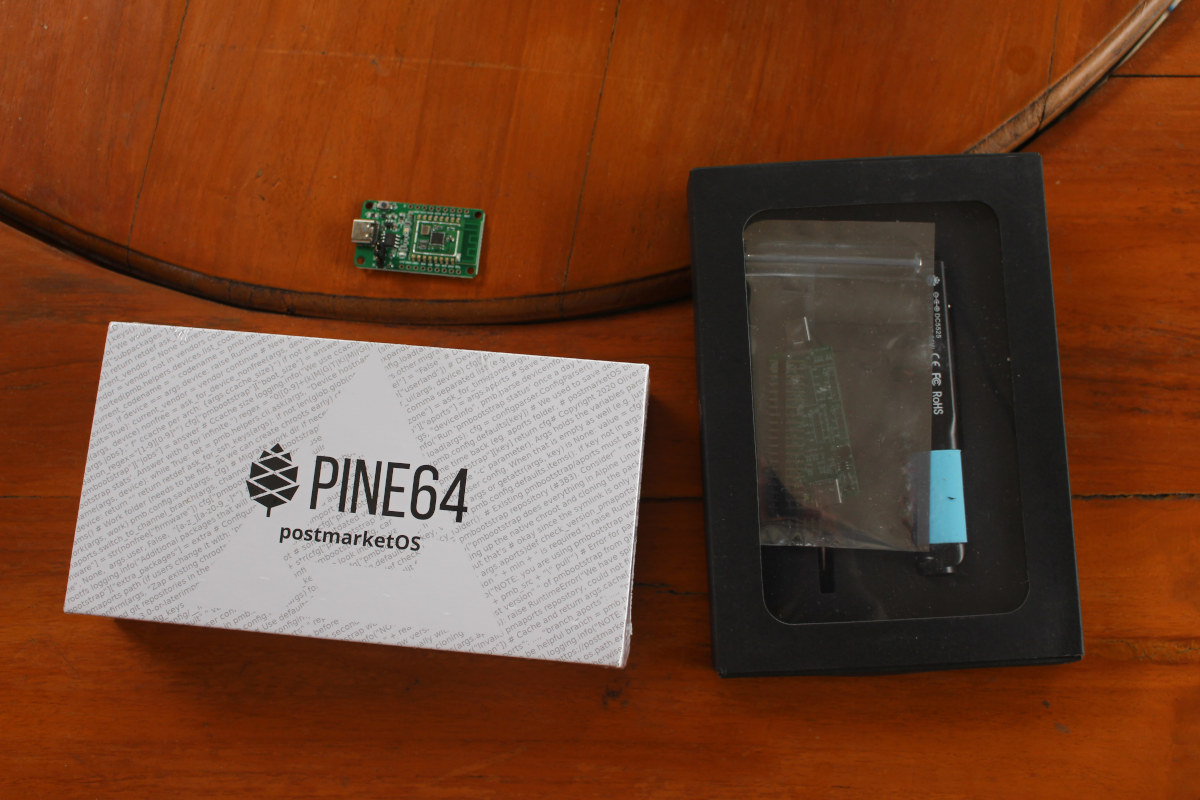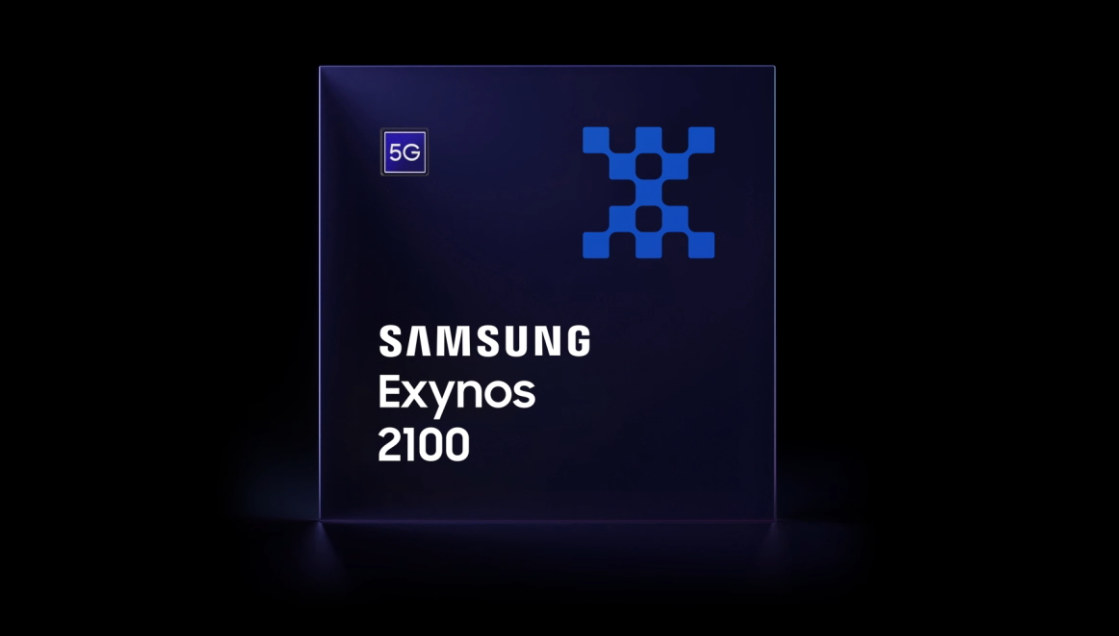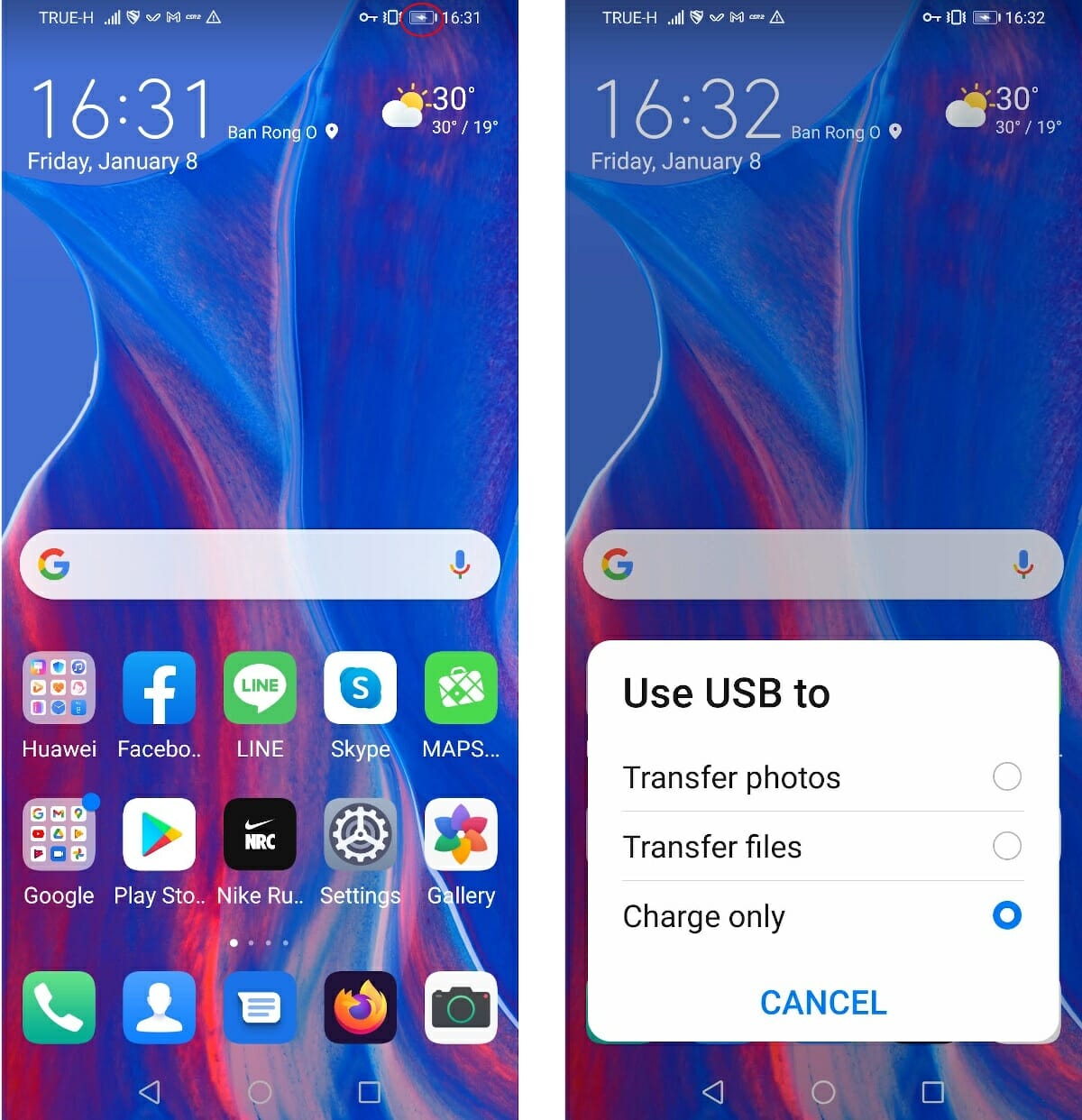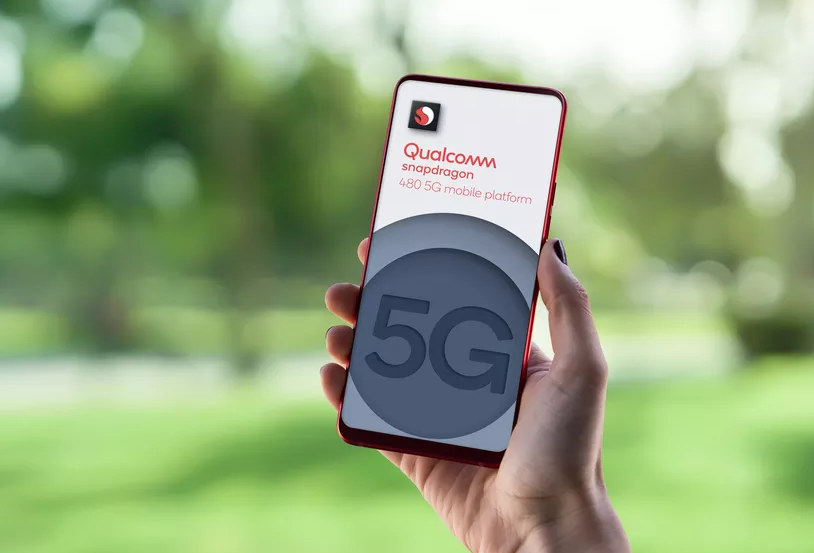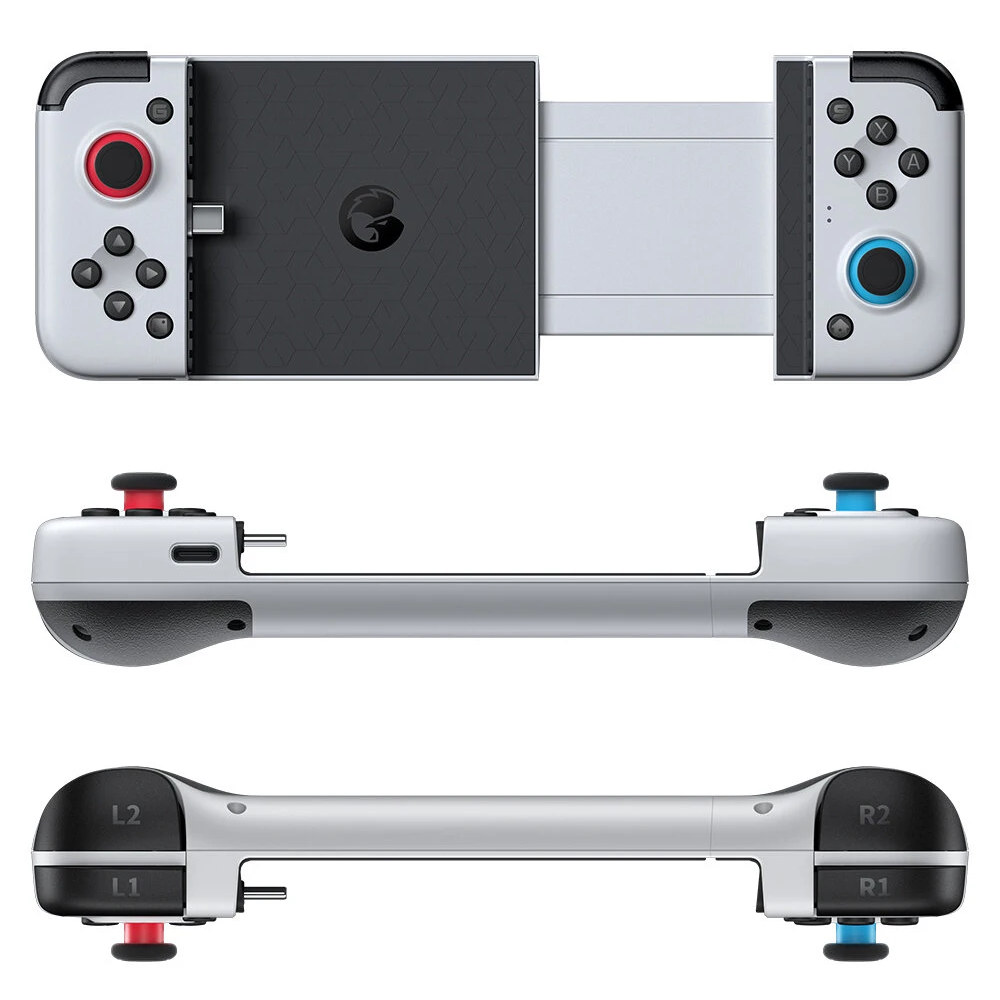Linus Torvalds has released Linux 5.11 just in time for… “Valentine’s Day”: Nothing unexpected or particularly scary happened this week, so here we are – with 5.11 tagged and pushed out. In fact, it’s a smaller-than-average set of commits from rc7 to final, which makes me happy. And I already have several pull requests lined up for tomorrow, so we’re all set for the merge window to start. But in the meantime – and yes, I know it’s Valentine’s Day here in the US – maybe give this release a good testing before you go back and play with development kernels. All right? Because I’m sure your SO will understand. Linus Last time around, Linux 5.10 was an LTS release that added EXT-4 performance enhancements, improved post-Spectre performance, as well as the enablement of BCM2711 (Raspberry Pi 4) display pipeline, among other many changes. Some of the notable changes in […]
Hisense A7CC 5G smartphone integrates a 6.7-inch color E-Ink display
Hisense A5 was one of the first phones exclusively equipped with an e-Paper display. But following the launch of color E-Ink displays and color eReaders from other companies last year, the Chinese company has now launched Hisense A7CC 5G smartphone with a 6.7-inch color E-Ink display. The phone is powered by UNISOC T7510 octa-core processor, which appears to be based on T710 SoC with 5G modem, and comes with 6GB RAM and 128GB flash storage. Hisense A7CC specifications: SoC – UNISOC Tiger T7510 octa-core processor with 4x Arm Cortex-A75 cores @ 2 GHz, 4x Arm Cortex-A55 cores @ 1.8 GHz, and Imagination PowerVR GM9466 GPU System Memory – 6GB RAM Storage – 128GB flash Display – 6.7-inch E-Ink display with 4096 colors, 100 dpi Audio – 3.5mm headphone jack with AK4377AECB audio DAC; built-in microphone and speaker Camera – Dual rear cameras + single front-facing camera Connectivity Cellular – 5G […]
Rotary Un-Smartphone is a rotary dial phone based on Arduino, 4G LTE module
If you feel nostalgic and misses the days of the rotary dial phone, Sky’s Edge “Rotary Un-Smartphone” is an open-source hardware rotary dial phone controlled by an Arduino board and equipped with a multi-mode 4G/3G/2G module. It’s a bit more advanced that you old rotary phone with recent cellular technology, ePaper & OLED displays, quick dialing buttons, and the rotary dial can both be used to dial full phone number or quickly access your contact list. Key features of the Rotary Un-Smartphone: MCU board – Arduino board based on AtMega2560 MCU Storage – MicroSD card to store contacts list Displays – Front-side OLED and back-side ePaper displays Cellular Connectivity 4G/3G/2G connectivity via u-Blox TOBY-L2 module Voice calls and SMS (receive-only) supported SIM card slot Internal antenna; expansion space for user-supplied external antenna Audio Microphone and speaker 3.5mm TRRS headset jack Mechanical ringer bell made from polished brass; externally visible Misc […]
Pine64 mailbag – PinePhone postmarketOS Edition, PineCone BL602 board, and Pinecil soldering iron
Pine64 community was pretty busy last year with the launch of several products. Recently I’ve received a couple of packages with some of those products, namely PinePhone Community Edition: PostmarketOS, PineCone WiFi & BLE IoT board based on BL602 RISC-V SoC, and Pinecil soldering iron also based on a RISC-V chip for control, but this time GD32V generic-purpose MCU. I’ll most show what I have received without going into too many details, except for PinePhone which I have already set up and used for one hour or so. PineCone BL602 board I received PineCone at the end of last year in a separate envelope with the board only. There’s not much to it with the BL602 processor offering WiFI and Bluetooth, a USB-C port for programming and power, and a few I/Os. The board is interesting as it is the first RISC-V IoT board with wireless connectivity built into the […]
Samsung Exynos 2100 5G mobile SoC offers Cortex-X1 core, LPDDR5 memory and more
Following the introduction of Qualcomm Snapdragon 888 5G premium processor last December, Samsung has now unveiled the Exynos 2100 5G mobile SoC with many of the same features and specifications. The new 5G processor notable features a similar eight-core design with one Cortex-X1 core, three Cortex-A78 cores, and four low-power Cortex-A55 cores, 26 TOPS of AI computing, support for 4K UHD displays, as well as a 5G modem built into the chip. Samsung Exynos 2100 key features and specifications: SoC – Octa-core processor with Single-core Cortex-X1 @ up to 2.9GHz Triple-core Cortex-A78 @ up to 2.8GHz Quad-core Cortex-A55 @ up to 2.2GHz GPU – Mali-G78 MP14 AI Accelerator – 26 TOPS triple NPU Memory – LPDDR5 (51.2GB/s) Storage – UFS 3.1 Display – 4K/WQUXGA @ 120Hz max, QHD+ @ 144Hz max; HDR10+ support Cellular Modem 5G NR Sub-6GHz 5.1Gbps (DL) /1.92 Gbps (UL) 5G NR mmWave 7.35Gbps (DL) /3.67 Gbps […]
Security Tip – How to detect Juice Jacking on Android smartphones
A few years ago I wrote about the danger of “juice jacking” highlighting the security risks posed by USB charging in public places, where a bad actor could attempt to hack your phone or laptop to steal your precious data or install malware/ransomware. In most cases, there are no risks at home, but it’s when you charge your device in a public place notably an airport or train station that you could be at risk of hacking. If you’re using an Android phone, there’s an easy way to detect Juice Jacking, and whether something fishy is going on as shown in the screenshots below. On the left screenshot, I connect my phone to a USB charger, all that changed was the battery icon changed to show it’s charging. But on the right screenshot, I connected my smartphone to my laptop, and since it’s trying to access data, I’m offered three […]
5G coming to entry-level devices with Snapdragon 480 5G SoC
5G rollout really only started ramping in 2019, and we covered premium 5G mobile SoC like Qualcomm Snapdragon 855, Huawei Kirin 990 or Samsung Exynos 980, as soon as December 2018. In late 2019 and 2020, 5G came to mid-range mobile devices thanks to chips such as Snapdragon 765(G), MediaTek Dimensity 720, UNISOC T7520, and others. Somehow, 5G still felt premium to me since the technology is still relatively, so I was surprised by the level of coverage in Europe and the US, and even smaller countries like Thailand, when I looked at the 5G coverage map above after seeing an announcement for Snapdragon 480 processor designed for entry-level 5G smartphones. Qualcomm Snapdragon 480 (SM4350) key features and specifications: CPU – Octa-core Kryo 460 processor with two Cortex-A76 class cores @ 2.0 GHz, six Cortex-A55 cores @ 1.8 GHz GPU – Adreno 619 GPU with H.264 (AVC), H.265 (HEVC) VP8 […]
GameSir x2 Type-C game controller transforms your phone into a gaming console
In recent days, we’ve written about Arm-based portable retro-gaming consoles running Linux or Android with products such as ODROID-Go Super and KT R1. The former is affordable at $80, but people may complain about performance, while the latter is much more powerful, but is expected to cost around $200. If you’d like a rather powerful portable retro-gaming console, but don’t plan to spend more than the $80 asked for Odroid-Go Super, you could always connect your smartphone to GameSir x2 gamepad/game controller that brings most of the same buttons and joysticks through the USB-C port of your phone and sells on Banggood for $69.99 shipped. GameSir x2 key features and specifications: Host interface – USB-C port that can rotate by up to 51° during installation Max phone length – 167 mm User inputs – 2x analog joysticks, D-Pad, XYAB buttons, L1/2 and R2/3 buttons, home button Power Consumption – Around […]


